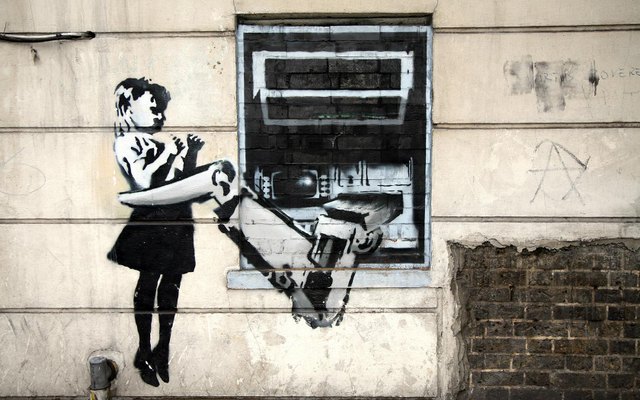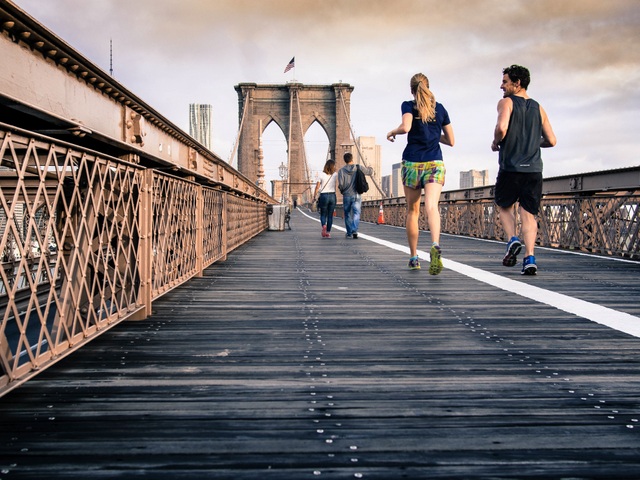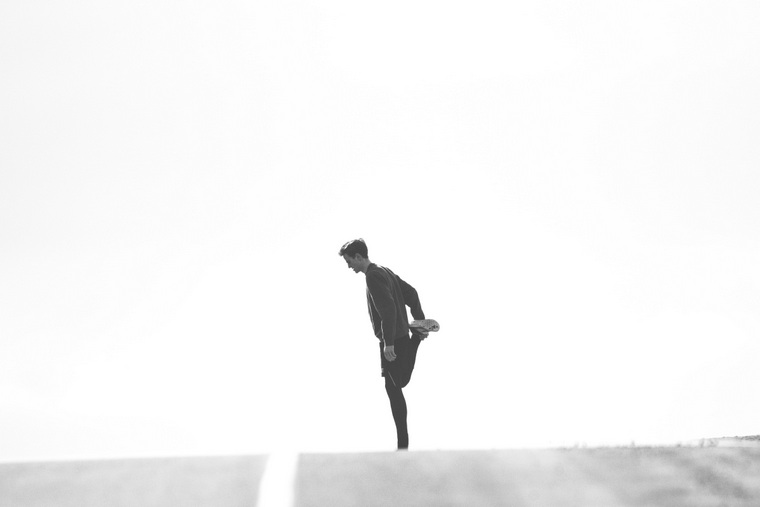Back in the day, when our grandfathers had to walk 10 miles to school in the snow (uphill both ways, of course!), personal banking was but small potatoes compared to what it has grown to become. In 1914, cash, check or money order were primary methods of payment. Vegetables and chicken were also acceptable currency.
The banking industry in Canada is dominated by five banks known colloquially as the Big Five. According to the Banker’s Association of Canada the Royal Bank of Canada (RBC) is the largest, followed by TD Canada Trust (TD), Bank of Nova Scotia (Scotia), the Bank of Montreal (BMO) and then Canadian Imperial Bank of Commerce (CIBC). Bloomberg lists several of these Canadian banks among the world’s strongest banks with assets of over $100 billion. These five banks provide many chequing account options Canadians can use for their day- to-day banking. Finding the right account can take a lot research and time; it can be quite tedious to navigate through the abundance of information provided by the banks. Let’s take a look at the different options through a comparison of the chequing accounts available in Canada.
Leftover Thanksgiving bird, scalloped potatoes, roasted cauliflower and asparagus, red-wine poached pears and pumpkin pie. The last few days have been an exercise in restraint, but I’m not going to lie- I’ve had to unbutton my pants because they seem to have gotten a little smaller. I guess it’s that time again to lace up the runners.
The Canadian Society for Exercise Physiology (CSEP) recommends 150 minutes of moderate physical activity per week to achieve health benefits. The Harvard School of Public Health lists several benefits to physical activity including: decreased risk of heart disease, colon cancer and type 2 diabetes. For what amounts to just over 20 minutes a day, it seems like a no brainer.
These days a gym membership with Goodlife Fitness costs somewhere $60/month not including the $150 initiation fee. I guess that goes to cover your “free” session with the personal trainer. It’s no secret that physical activity leads to a better health and longer life, but there are certainly cheaper ways to lose that rubber tire than to shell out $720/year at the gym. At 20 minutes a day and at the cost of free, the price may just be right to give some of these options a try:
Every Thanksgiving, people take the time to reflect on the things for which they’re thankful. While there are many things to be grateful for, it’s sometimes hard to shake the feeling that things just aren’t going your way. In my case, I can’t help but sometimes feel stuck. Our friends are buying new houses, new cars and even income properties; they appear to be advancing in ways that we aren’t. This can result in disappointment and dissatisfaction. Fortunately to counteract these Thanksgiving misgivings, there are four things that I’ve learned from running “probably the toughest event on the planet” that have helped me get back on track.
Different Spending Priorities
What is it with women and shoes? As newlyweds, we honeymooned in London and Paris. It was our first time to Europe together and there was much romance and adventure to be had. Leading up to our trip, Emily informed me that she would be purchasing a pair of shoes in Paris. Little did I know that it was a cautionary disclosure. “Sure,” I thought, “how bad could it be?”





